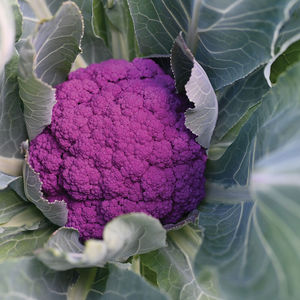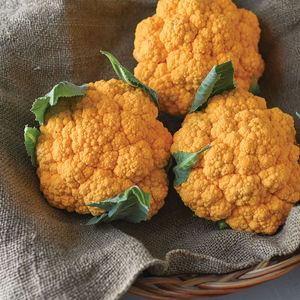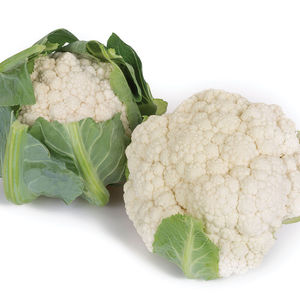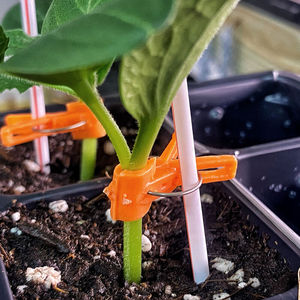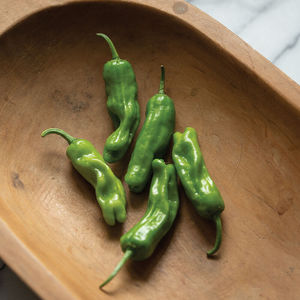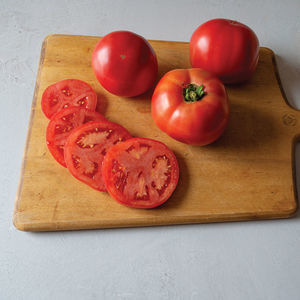
- Seeds and crop inputs
- Seed & plant
- Potato seed
- johnnyseeds
Early potato seed Purple Vikingediblecommon scab resistant
Add to favorites
Compare this product
Characteristics
- Maturity
- early
- Type
- edible
- Disease resistance
- common scab resistant
Description
Deep purple skin with pink splashes and pure white flesh. Vibrant and eye-catching. Early to bulk and mature. Known for creating perfect mashed potatoes, but also great for all other cooking applications. Space densely (8–10"). Intermediate resistance to common scab. USDA Certified Organic.
SCIENTIFIC NAME:
Solanum tuberosum
CULTURE:
Potatoes grow best in well-drained, fertile soil with a pH of 6.0-7.0. Cut tubers into pieces roughly 1 1/2-2 oz. (1-1 1/4" diameter) each, with at least one "eye" per piece. Small tubers may be planted whole. Potatoes can be planted in early to midspring as they tolerate cool soil and moderate frost. Plant seed pieces 2-3" deep, 12" apart, in rows 30-36" apart. Plants will emerge 2-3 weeks later. When the plants are 6-8" tall, hill them by mounding soil from each side of the row about 4" high along the base of the plants to protect developing tubers from greening. Repeat hilling process as plants grow until hills are about 12" high.
DISEASES:
The best disease control is fertile soil, crop rotation, and consistent moisture.
INSECT PESTS:
Row covers work well to exclude insect pests such as Colorado potato beetles, aphids, and leafhoppers. Otherwise, scout for yellow-orange potato beetle eggs on undersides of leaves and crush them; manually remove and dispose of larvae and adults. Potato beetles can also be controlled with a spinosad insecticide.
Catalogs
Catalog 2024
208 Pages
Related Searches
*Prices are pre-tax. They exclude delivery charges and customs duties and do not include additional charges for installation or activation options. Prices are indicative only and may vary by country, with changes to the cost of raw materials and exchange rates.

















